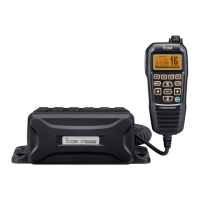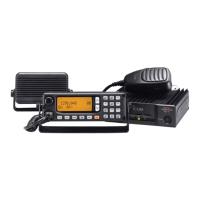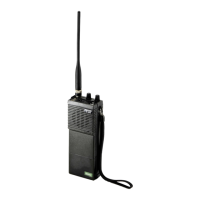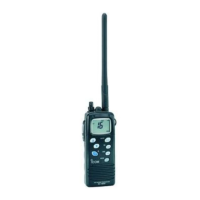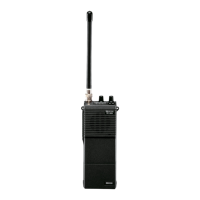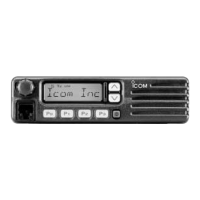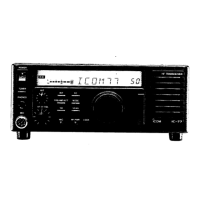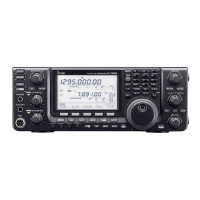Why is there no sound coming from the speaker of my Icom iM304?
- AAmber ShannonJul 30, 2025
If your Icom Transceiver emits no sound from the speaker, there might be a few reasons. First, the squelch level could be set too high; try adjusting it to the threshold point. Second, the volume level might be too low; increase the volume using the [VOL] control. Finally, the speaker may have been exposed to water; ensure you drain any water from it.


